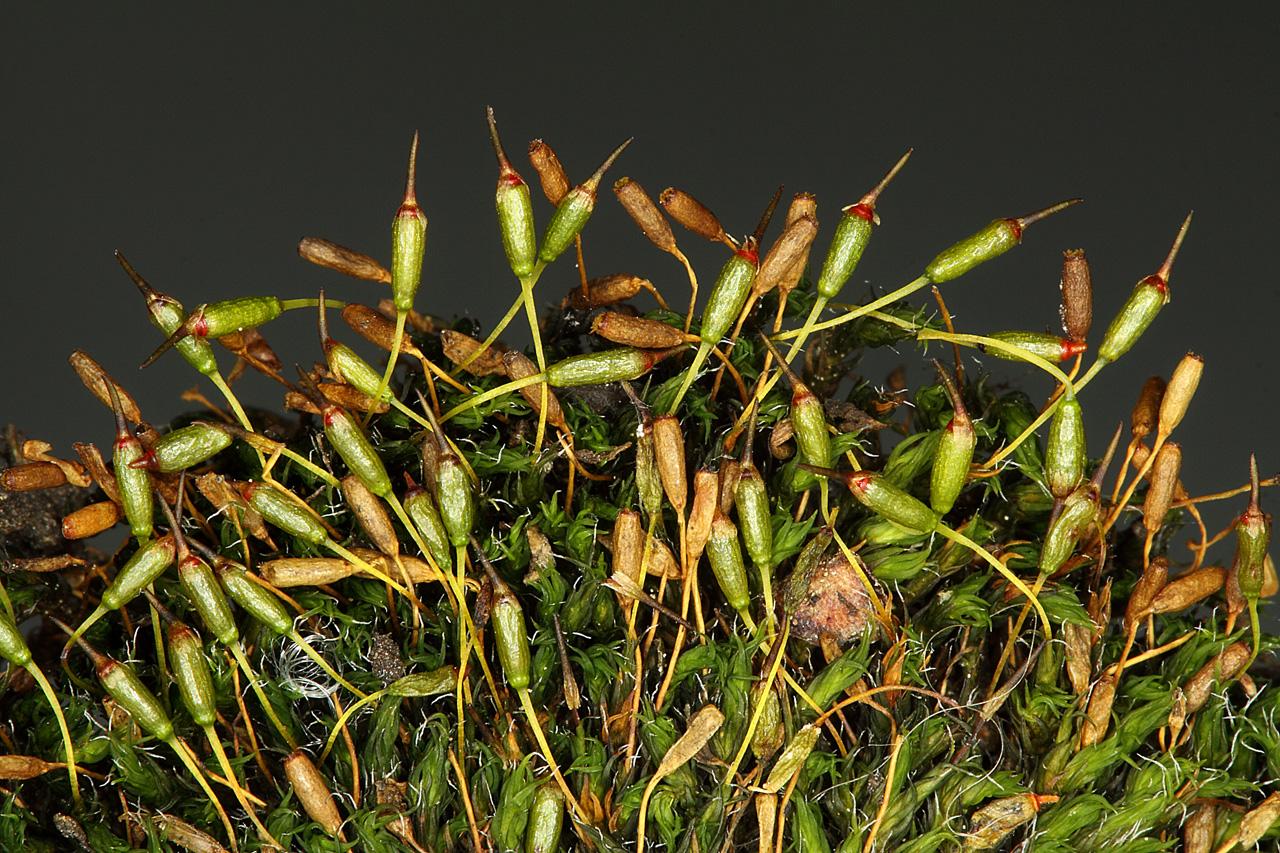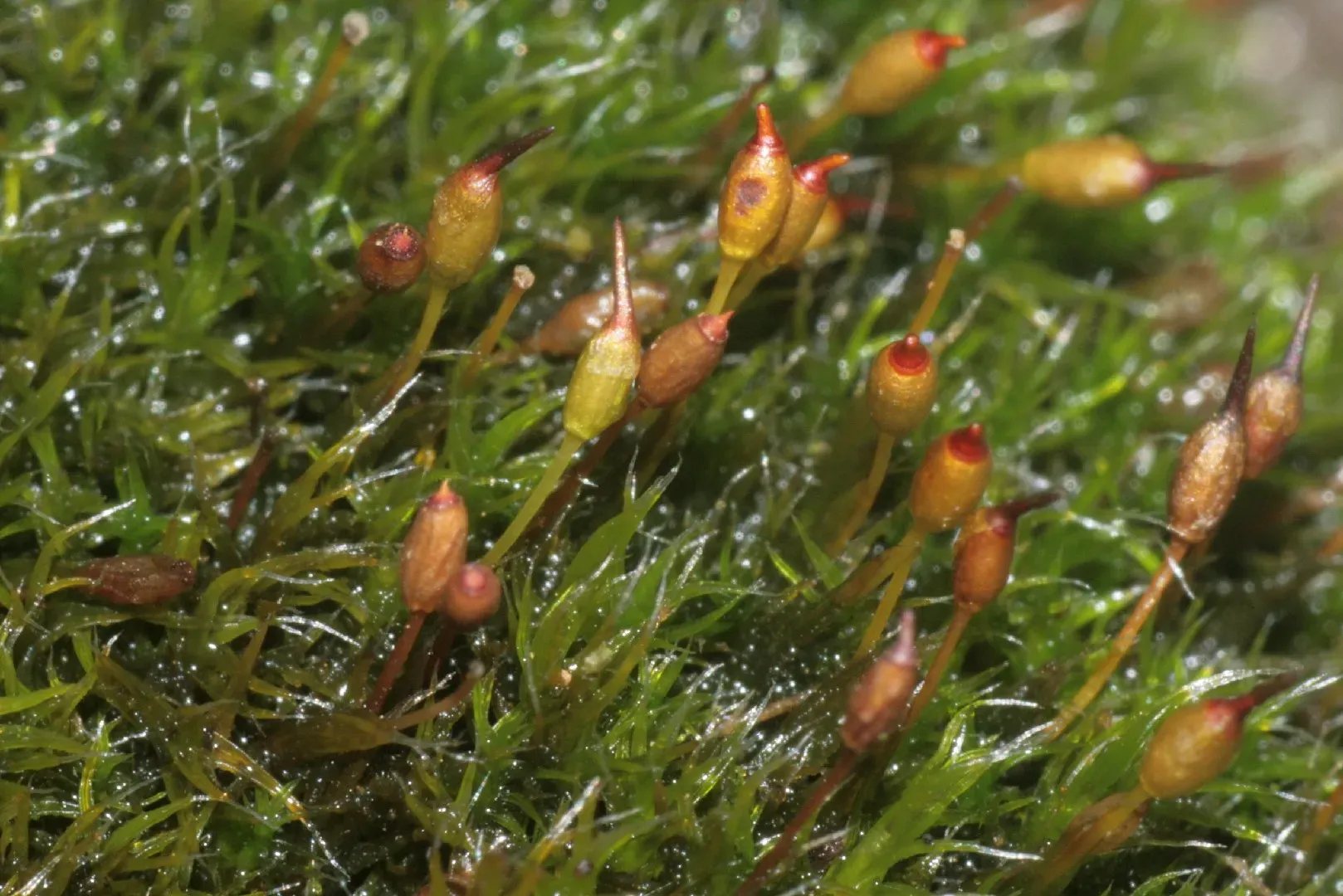
Grimmia-longirostris-c.fr_.-2-Achmelvich-2002_v1.fr_.-2-Achmelvich-2002.jpg from: https://www.britishbryologicalsociety.org.uk/learning/species-finder/grimmia-longirostris/
Introduction
In the vast and captivating world of bryophytes, the Grimmia longirostris Hook. moss stands out as a remarkable species within the Grimmiaceae family. Often referred to simply as

e6f3856b96c8035b263fa6669fbec627.jpg from: https://openmuseum.tw/muse/digi_object/a7f8dc087797980879e2c9b45ec83a86
Grimmia, this unassuming yet resilient moss has captured the hearts of enthusiasts worldwide with its unique characteristics and ecological significance.
Background
Before delving into the intricacies of Grimmia longirostris, it’s essential to understand the broader context of bryophytes. These non-vascular plants, which include mosses, liverworts, and hornworts, are among the oldest land plants on Earth. They play crucial roles in various ecosystems, acting as pioneers in colonizing barren landscapes and contributing to soil formation and moisture retention.
Main Content
Morphology and Identification
Grimmia longirostris is a small, acrocarpous moss that forms dense, cushion-like tufts or mats. Its leaves are lanceolate, with a distinctive long and slender hair-point at the apex, giving the moss its distinctive appearance. The hair-point, or “longirostris,” is a key identifying feature of this species.
The gametophyte generation of Grimmia longirostris is the most prominent and visible stage in its life cycle. The sporophyte, which produces spores for reproduction, is relatively short-lived and often overlooked.
Global Distribution and Habitat

193733.jpg from: https://inpn.mnhn.fr/espece/cd_nom/434017/tab/fiche
Grimmia longirostris is widely distributed across various regions, including Europe, Asia, North America, and parts of Africa. It thrives in a range of habitats, from exposed rock surfaces and cliffs to tree bark and even man-made structures like walls and roofs.
This moss is particularly well-adapted to dry and nutrient-poor environments, making it a true pioneer species. Its ability to withstand desiccation and rapidly rehydrate when moisture becomes available allows it to colonize seemingly inhospitable areas.
Ecological Roles and Adaptations
Grimmia longirostris plays a vital role in the establishment and maintenance of various ecosystems. As a pioneer species, it helps stabilize and enrich barren substrates, paving the way for other plants to take root and thrive.
The moss’s unique adaptations, such as its ability to tolerate desiccation and rapidly rehydrate, make it a resilient and versatile species. Its dense cushion-like growth form also helps retain moisture and create microhabitats for other organisms, contributing to biodiversity.
Case Studies/Examples
One notable example of Grimmia longirostris‘s ecological significance can be found in the Arctic regions. This moss is a key component of the biological soil crust communities, which play a crucial role in stabilizing and enriching the fragile Arctic soils.
In urban environments, Grimmia longirostris has been observed colonizing various man-made structures, such as old buildings and monuments. Its presence on these surfaces not only adds a touch of natural beauty but also contributes to the preservation of these structures by helping to regulate moisture levels and prevent erosion.
Technical Table

grimmia_longirostris.jpg from: https://wnmu.edu/academic/nspages/gilaflora/grimmia_longirostris.html

original.jpg from: https://www.gbif.org/es/species/5281737/treatments

original.jpeg from: https://www.gbif.org/es/species/5281737

i0007-2745-117-1-43-f02.jpg from: https://bioone.org/journals/the-bryologist/volume-117/issue-1/0007-2745-117.1.043/Grimmia-grevenii-Grimmiaceae-a-new-species-from-the-Wudalianchi-volcanoes/10.1639/0007-2745-117.1.043.full

Grimmia_longirostris.jpg from: https://wildflowersearch.org/search?&tsn=Grimmia_longirostris
| Characteristic | Description |
|---|---|
| Phylum | Bryophyta |
| Class | Bryopsida |
| Order | Grimmiales
 DEF134A6668E418AB5353F8942187EA7.jpeg from: https://www.picturethisai.com/ko/wiki/Grimmia_longirostris.html |
| Family | Grimmiaceae |
Genus
 717215_50f4b261.jpg from: https://www.plantarium.ru/page/image/id/717215.html |
Grimmia |
| Species | longirostris |
| Growth Form | Acrocarpous, cushion-like tufts or mats |
| Leaf Shape | Lanceolate with a long, slender hair-point |
| Habitat | Exposed rock surfaces, cliffs, tree bark, man-made structures |
| Distribution | Widespread across Europe, Asia, North America, and parts of Africa |
Conclusion
The Grimmia longirostris Hook. moss, a member of the Grimmiaceae family, is a true marvel of nature. Its resilience, adaptability, and ecological significance make it a fascinating subject for enthusiasts and researchers alike. From its unique morphology to its vital roles in ecosystem establishment and maintenance, this unassuming moss deserves our appreciation and continued study.
As we delve deeper into the world of bryophytes, we are reminded of the intricate tapestry of life that surrounds us, and the importance of preserving and understanding even the smallest and most unassuming organisms. Perhaps the next time you encounter a cushion-like tuft of Grimmia longirostris, you’ll pause and reflect on the remarkable journey of this resilient moss, a true pioneer in the plant kingdom.